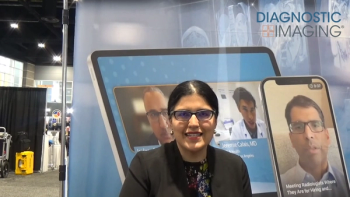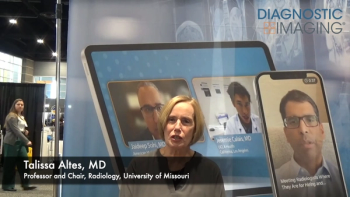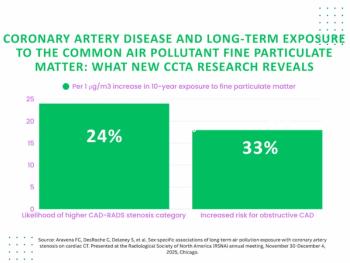
Low-Dose Lung CT Can Save Thousands of Lives Right Now
The evidence exists that low-dose CT can save the lives of patients at high risk for lung cancer, according to MITA.
Should Medicare beneficiaries have access to the same testing benefits as individuals with private health insurance? That question is at the crux of Medicare’s deliberation of a coverage decision for imaging high risk beneficiaries for lung cancer. Unfortunately, a Medicare advisory panel recently concluded that while low-dose CT (LDCT) could save thousands of lives, the benefits are insufficient to recommend coverage. This conclusion is surprising and disappointing, particularly given the evidence that indicates exactly the opposite.
LDCT is an advanced imaging technology that can detect tumors as small as a grain of rice. Compared to a standard chest X-ray, LDCT can
In addition, data show that LDCT for patients at high risk of lung cancer is cost effective. An
These data are even more dramatic considering that
One reason lung cancer is so deadly is that symptoms of the disease do not typically manifest until it has reached advanced stages. In approximately
Given the prevalence of lung cancer and the proven effectiveness of LDCT, it’s not surprising that military hospitals began phased implementation of these scans to detect lung cancer in its earliest, most treatable stages. In November of 2013, the Naval Medical Center San Diego joined Walter Reed National Military Medical Center in Bethesda, Md., and Naval Medical Center, Portsmouth, Va., using NLST criteria. The Department of Veterans Affairs (VA), the Department of Energy (DoE) and a number of private insurers, such as WellPoint, Blue Cross Blue Shield affiliates and Anthem affiliates, have also followed.
Several cancer organizations that represent diverse groups of patient advocates across the country have also voiced strong support for coverage, including the American Association for Thoracic Surgery (AATS), the American Society of Clinical Oncology (ASCO), the American Cancer Society (ACS), the American College of Clinical Pharmacy (ACCP) and the Lung Cancer Alliance (LCA).
Perhaps the voice that rings loudest in support of LDCT coverage is that of the U.S. Preventive Services Task Force (USPSTF). In January of this year, USPSTF finalized its
The medical imaging community stands ready to implement life-saving LDCT so that Medicare beneficiaries can access the benefits already enjoyed by those with private insurance. This includes resources – such as the American College of Radiology (ACR)
From a technology perspective, medical imaging manufacturers have developed equipment that is able to perform LDCT scans at an even lower dose than the rates from the NLST trial. The availability of these technologies is already widespread: CT equipment able to perform low-dose scans is available in community settings throughout the country.
The Centers for Medicare & Medicaid Services (CMS) is set to issue its proposed Medicare reimbursement determination in mid-November, with a final determination in February 2015. This decision has the potential to save tens of thousands of lives right now. Time is of the essence.
Newsletter
Stay at the forefront of radiology with the Diagnostic Imaging newsletter, delivering the latest news, clinical insights, and imaging advancements for today’s radiologists.




























